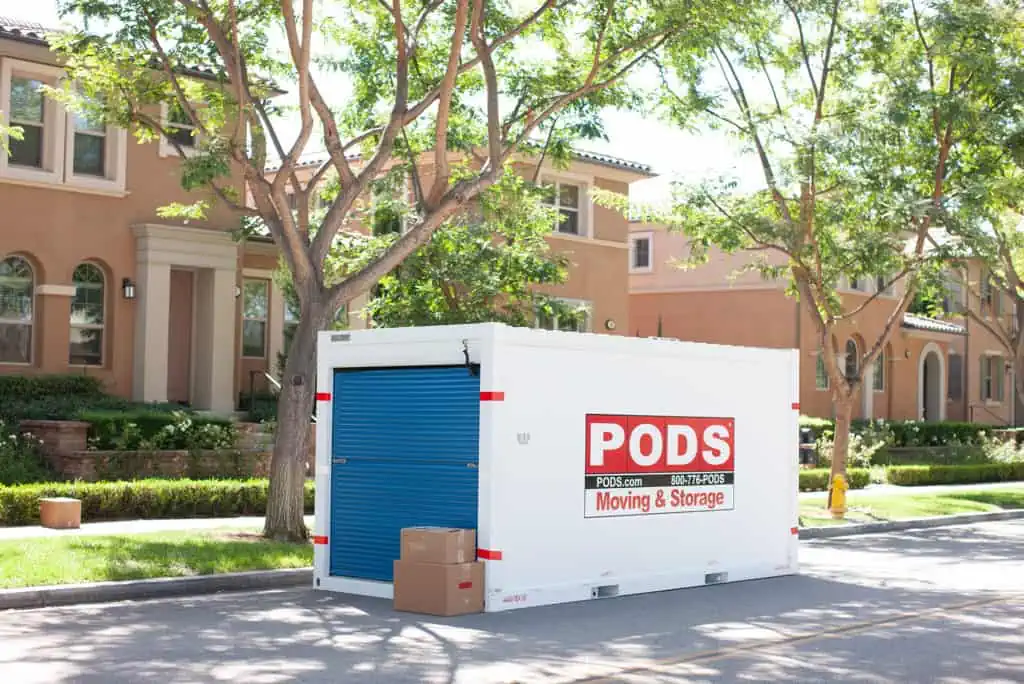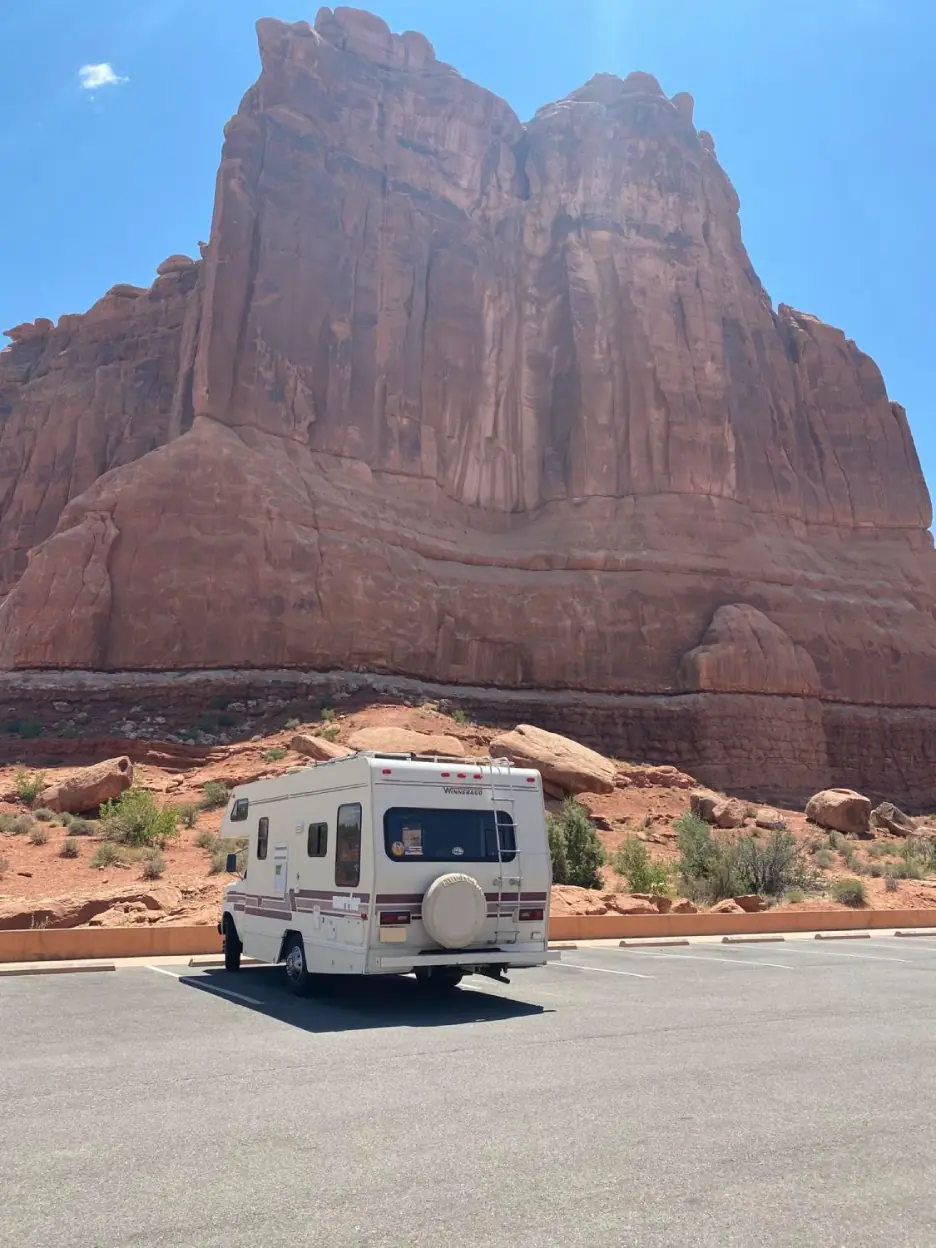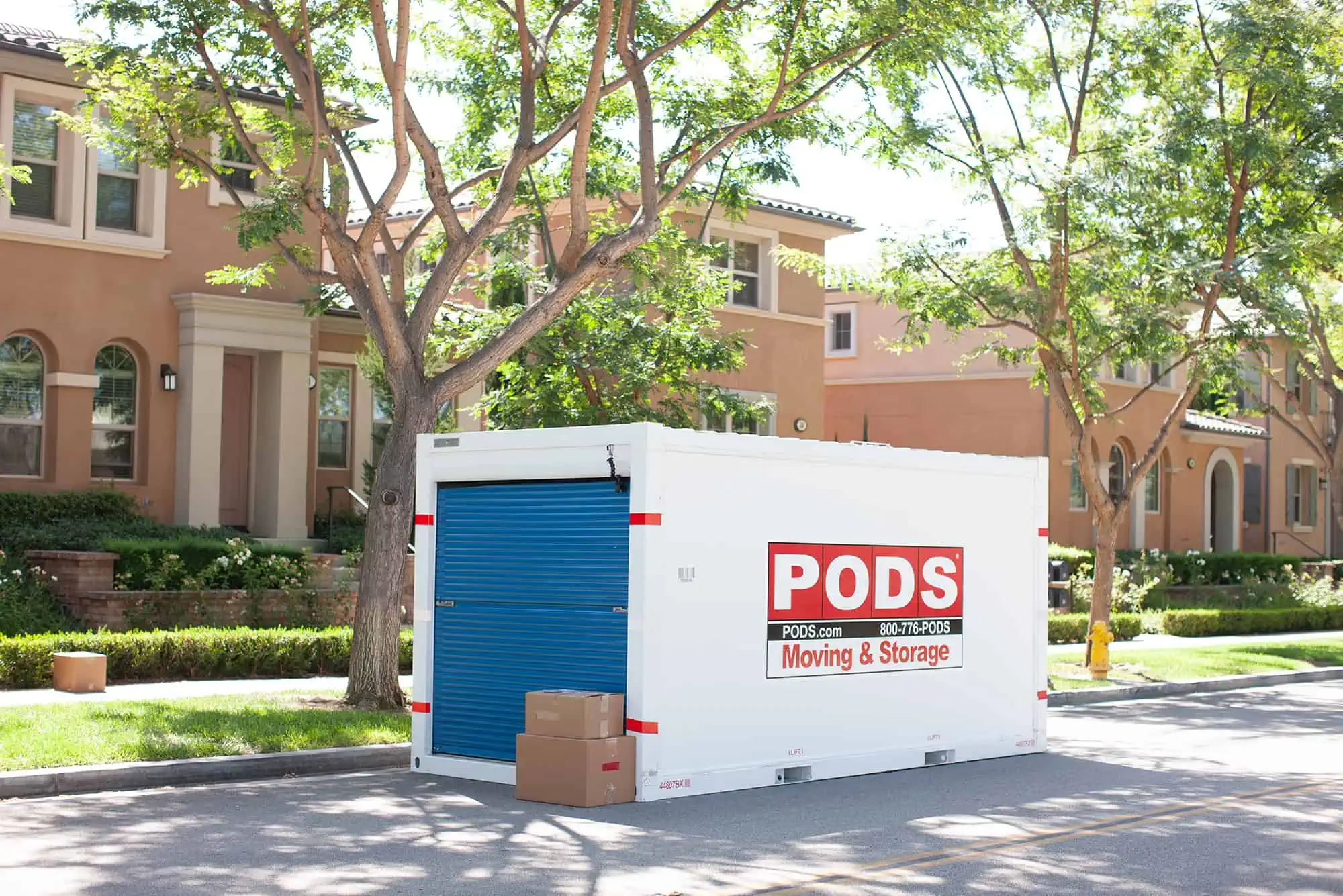When you think of Las Vegas, the flashy Strip with its world-famous casinos, hotels, restaurants, and entertainment venues will likely come to mind. But this entertainment capital of the West isn’t only an exciting vacation spot, it’s also a great place to live.
As of 2023, nearly three million residents call the Las Vegas metro area home — a 2.11% increase from 2022. What’s behind this growth? Well, for starters: Downtown Vegas currently leads over 60 U.S. cities in post-COVID economic recovery.
With plenty of job opportunities, easy access to nature, a reasonable cost of living, and all of the city’s iconic attractions, Vegas is an appealing choice for many. If you’re eager to put down roots in this desert oasis, here’s a look at the best Las Vegas neighborhoods to choose from.
Moving to Las Vegas in 2023: Quick Facts
- Population: 2,899,000 residents currently live in or around Las Vegas, which ranks it among the top 20 largest U.S. metropolitan areas
- Rent and Housing: The average home value in Las Vegas is around $448,900, and the average rent for an apartment is $1,457 per month — slightly above the national average, according to Redfin and ApartmentAdvisor
- Average Salary: The median salary in Las Vegas is around $49,091, and the average hourly rate is $23.33. In 2023, the minimum wage rose to $11.25 for employees who aren’t offered qualifying health benefits
- Cost of Living: The estimated expenses each month for a family of four in Las Vegas come to $4,779 — and $2,492 for a single person. These costs don’t take housing into account, and they’re about 3 percent higher than the national average
- School Rating: Las Vegas’ education system has a current rating of 5/10. That said, many public schools in the area have still earned an “A” grade
- Current Inflation: The cost of living in Las Vegas increased by 2.5 percent from 2022 to 2023 due to inflation rates. However, if you relocate to metro Las Vegas from Seattle, your expenses will decrease by about 25%, and if you’re relocating from Miami, your expenses will decrease by 12%
Las Vegas is known for its vibrant hospitality and tourism industries, but it’s also emerged as a tech hub in recent years, with established companies and influential startups contributing to the revitalized economy. With post-COVID recovery in full swing, a robust influx of jobs, and zero state income tax, there’s no shortage of opportunities to thrive economically.
“…if you can afford to move [to Summerlin], it offers all the convenient upscale amenities you’re looking for in a suburban locale. Some might even say it’s the best neighborhood in Las Vegas.”
But we can’t talk about this city without mentioning its boundless entertainment options — Michelin Star dining, museums and cultural exhibits, premier theatrical shows, athletic events, and concert residencies. Or, if nature is more your speed, you’ll enjoy the miles of scenic trails located about 30–45 minutes from the downtown core. Bottom line: whether it’s a hike in Red Rock Canyon or a show at Cirque du Soleil, there’s something for everyone in the Las Vegas area.
See prices for local moving labor. Read real customer reviews. Easily book your help online.
The Best Las Vegas Neighborhoods in 2023
There are many Las Vegas neighborhoods, each with their own distinct character and enticing amenities. So how do you determine the right choice for you? It comes down to the needs and preferences you have for your lifestyle.
You might want a convenient urban loft within walking distance to the local nightlife scene. Or you may prefer a safe, comfortable house tucked away in the suburbs to raise a family. Whatever home you’re in the market for, here are some of the best Las Vegas neighborhoods to help narrow down your search.
Arts District: Eclectic and Affordable
- Median Rental Price: $1,207
- Median Home Price: $360,000
- Commute to Downtown Las Vegas: About 5 minutes
If you’re looking for city vibes without the glitzy spectacle that Vegas is known for, you’ll feel right at home in the Arts District. This 18-block enclave is close enough to the action for an authentic urban living experience, while its affordable housing, relaxed pace, quirky establishments, and sense of community seem like a world away from those neon lights.
Whether you prefer an industrial apartment or a Craftsman-style bungalow, the Arts District has a variety of eclectic homes to choose from — all with easy access to interesting attractions. Check out the Arts Factory, a converted warehouse that features galleries, boutiques, yoga studios, live music, and an onsite bistro, or catch an indie show with talented local actors at the Vegas Theater Company, then savor a nightcap at the funky Velveteen Rabbit Bar.
Boulder City: A Nature Lover’s Dream
- Median Rental Price: $1,357
- Median Home Price: $498,000
- Commute to Downtown Las Vegas: About 35 minutes
Less than 30 miles outside Las Vegas, Boulder City is a thrill seeker and nature lover’s paradise. This Mojave Desert gem prides itself on its Western heritage, small-town charm, and adventure-loving spirit. Not to mention, it’s one of two places in Nevada where casinos are banned, creating a potentially safer environment for Las Vegas families.
Once a settlement for the construction workers who built the Hoover Dam in the 1930s, Boulder City still preserves a quaint, close-knit feel today. Grab a coffee in the heart of its walkable downtown, then stroll over to Goatfeathers Emporium for antique and vintage treasures, or the Boulder City Co. for trendier, locally-made retail. Or, you can get your nature fix with all sorts of fun outdoor activities — including hiking the River Mountains Loop Trail, renting canoes at Lake Mead, visiting the Hoover Dam, and watching the bighorn sheep at Hemenway Valley Park.
Downtown: The Strip on Your Doorstep
- Median Rental Price: $1,525
- Median Home Price: $348,450
- Commute to Downtown Las Vegas: Less than 5 minutes
There’s a reason why Downtown is one of the most iconic Las Vegas neighborhoods — it’s hard to beat the vibrant fusion of entertainment events, global cuisine, and world-class amenities. Especially since the area’s revitalization in recent years transformed it from a purely tourist destination into an attractive residential hotspot.
With an average Walk Score of 75 and quick accessibility to public transit, simply step outside your high-rise apartment or condominium to immerse yourself in countless entertainment options. You can sample the local food truck scene, enjoy a free open-air concert on Fremont Street, or explore the fascinating roots of Sin City’s lawless past at the Mob Museum. A few minutes beyond the strip is Fergusons Downtown, where you can explore diverse bohemian shops, unique art installations, small-batch coffee roasters, and innovative restaurants.
Huntridge: Urban Vibes with Historic Charm

- Median Rental Price: $1,083
- Median Home Price: $409,000
- Commute to Downtown Las Vegas: About 5 minutes
Also called Downtown South, Huntridge was established in the 1940s as a suburban alternative to cosmopolitan Vegas. Today, this Las Vegas neighborhood has the feel of a retro oasis — while adjacent to all those urban attractions, it’s peaceful and nostalgic, as if you’ve traveled back in time.
Huntridge is known for its mid-century modern architecture with homes that reflect the style’s colorful exteriors, geometric lines, low-slung roofs, and prominent windows. This area feels quiet and safe, yet it’s also bustling with activities for residents of all ages. Play shuffleboard, bocce, pickleball, or horseshoes at the community park. Treat the family to a cone or shake at Luv-It Frozen Custard, a local institution for over 50 years. Or plan a night out on the town to see an art exhibit and live performance at the landmark Huntridge Theater.
Spring Valley: Ideal for Young Families
- Median Rental Price: $1,558
- Median Home Price: $410,000
- Commute to Downtown Las Vegas: Less than 20 minutes
With its highly rated public schools, ethnic diversity, spacious homes on tree-lined streets, and close proximity to outdoor recreation, Spring Valley is one of the best Las Vegas neighborhoods to raise a family. This area’s thriving business economy (DraftKings, Morgan Stanley, Deloitte, and GenuBank have offices here) attracts many professionals too.
Spring Valley is also home to Chinatown Plaza, a rich fusion of Asian markets, festivals, artistic vendors, cuisines, and wellness offerings. Whether you’re in the mood for spicy Korean barbecue or cozy Japanese ramen, you can enjoy some authentic Eastern flavors and then peruse the locally owned retailers. Or if you’re feeling adventurous, spend an afternoon at Red Rock Canyon — this scenic hiking and mountain biking destination is just 15 minutes away.
Summerlin: A Scenic Suburban Retreat
- Median Rental Price: $1,621
- Median Home Price: $500,000
- Commute to Downtown Las Vegas: Less than 15 minutes
Summerlin is one of the pricier Las Vegas neighborhoods, but if you can afford to move here, it offers all the convenient upscale amenities you’re looking for in a suburban locale. Some might even say it’s the best neighborhood in Las Vegas. From luxury apartments and custom-built homes, to premier retailers and entertainment venues, to sweeping natural vistas, Summerlin truly feels like resort-inspired living.
“As of 2023, nearly three million residents call the Las Vegas metro area home — a 2.11% increase from 2022…[and] downtown Vegas currently leads over 60 U.S. cities in post-COVID economic recovery.”
Tee up for 18 holes at the Eagle Crest, Highland Falls, or Palm Valley golf courses, all of which boast panoramic views of the mountains and the Vegas strip. Cheer on Stanley Cup winners, the Golden Knights, at City National Arena. Peruse the Downtown Summerlin retail district with 400 acres of shops, restaurants, wellness services, and fitness studios. Or explore the 150-mile nature trail network that winds throughout this whole community.
Whether you prefer the excitement of a city, the laid-back living of a family-friendly suburb, or anything in between, there are plenty of desirable Last Vegas neighborhoods to choose from. Best of luck in your search for the perfect home to make a fresh start and create new memories.









 It’s sensible for corporations to seek better fiscal conditions for their business. But what about the employees that get caught up in corporate relocations and transfers?
It’s sensible for corporations to seek better fiscal conditions for their business. But what about the employees that get caught up in corporate relocations and transfers?
 What about living in an RV?
What about living in an RV?



 Most snowbirds drive their vehicle back and forth between their two homes, or drive a second vehicle south to keep at their winter destination. Keep in mind that this can involve multi-day trips, with hotel, gas, and food stops along the way. Look for hotel discounts or places that include breakfast to save money.
Most snowbirds drive their vehicle back and forth between their two homes, or drive a second vehicle south to keep at their winter destination. Keep in mind that this can involve multi-day trips, with hotel, gas, and food stops along the way. Look for hotel discounts or places that include breakfast to save money.
